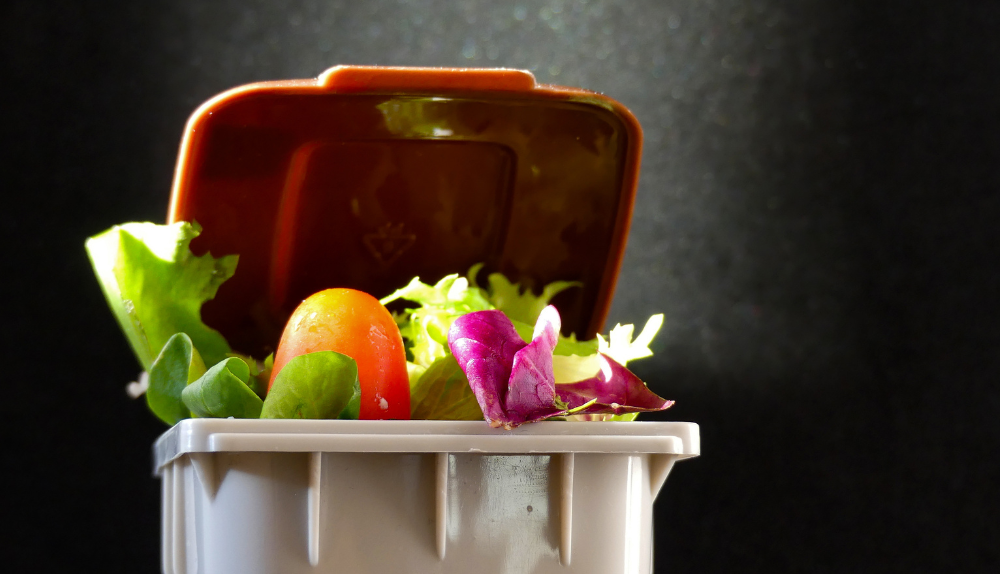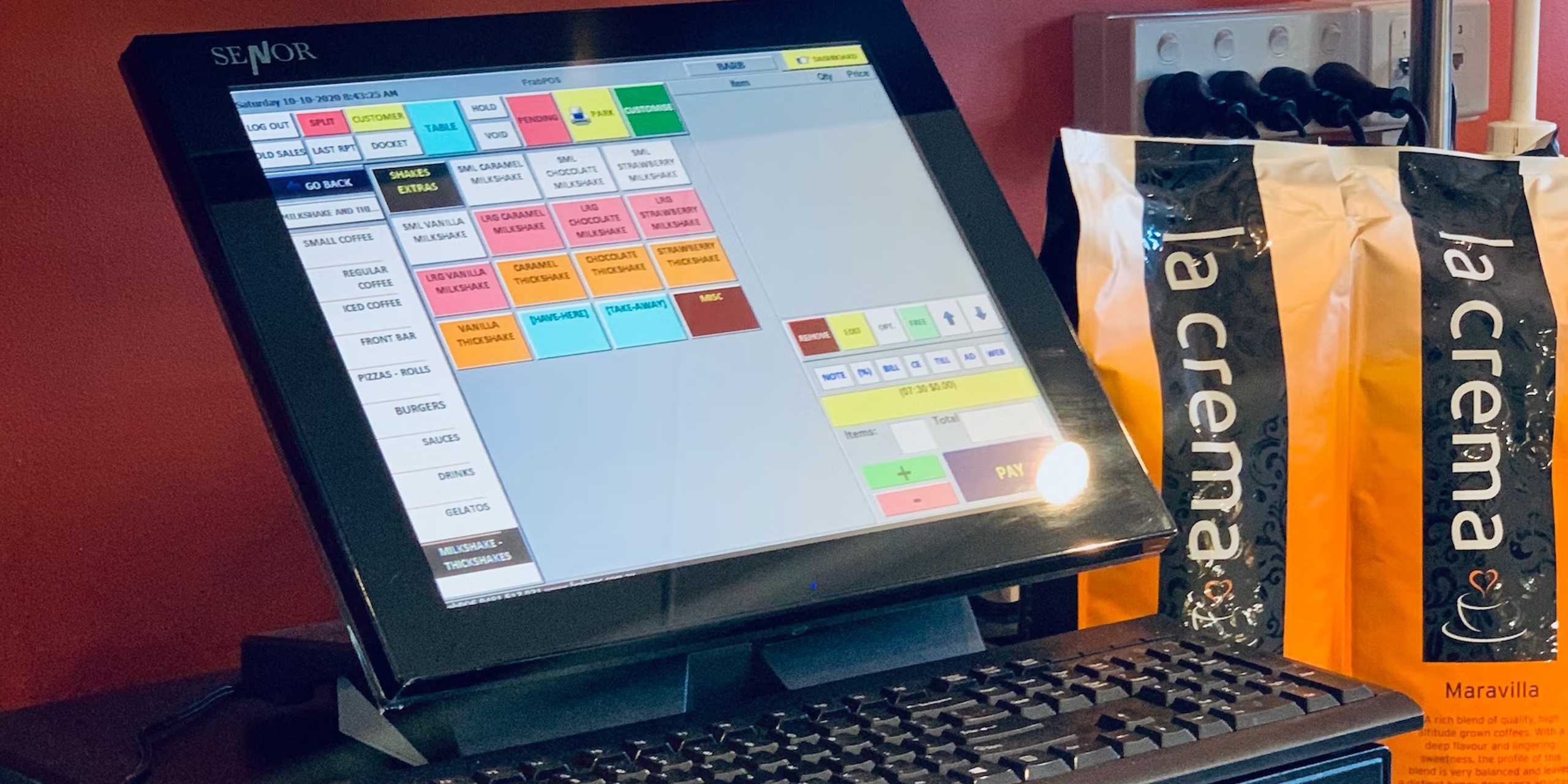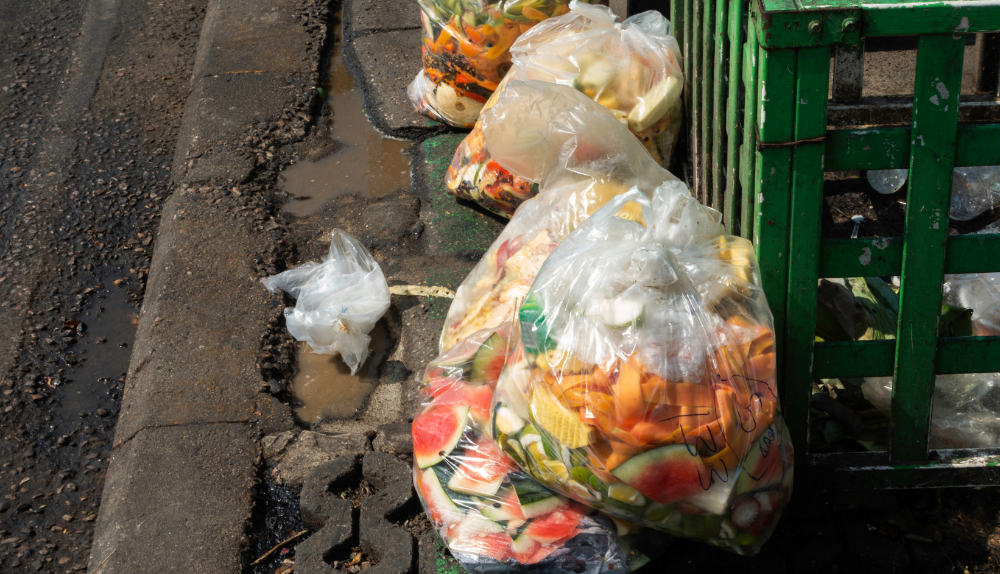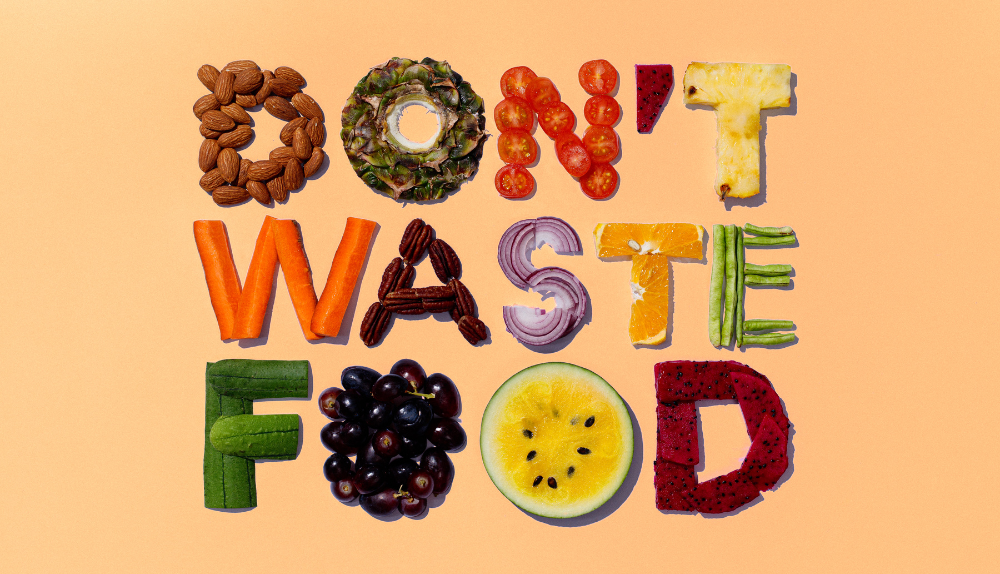Imagine a world where the food we waste is transformed into a vital resource, where every morsel finds its purpose, and where sustainability reigns supreme. Unfortunately, this is far from our reality. Each year, an astonishing 1.3 billion tons of food is discarded globally, with a staggering 40% of that waste originating from restaurants alone. These numbers serve as a stark reminder of the profound problem we face, one that extends far beyond the environmental consequences.
The real cost of food waste reaches deep into our economies, affecting our wallets and bottom lines in unimaginable ways. Join us as we embark on a journey to uncover the hidden truths behind this issue, explore its dire implications, and discover the transformative potential of proper food waste management. Brace yourself for a paradigm shift that will forever change the way you view waste, restaurants, and the power of conscious consumption.
 The real cost of food waste extends far beyond the mere act of discarding edible resources. For restaurants, it strikes at the very core of their financial well-being. Each piece of food wasted equates to money needlessly thrown away, and the impact is significant. According to the National Restaurant Association, restaurants, on average, lose four to 10 percent of the food they purchase. That's a substantial portion of their expenses disappearing into the garbage bin.
However, by taking proactive steps to reduce food waste, restaurants can unlock tremendous cost savings. In fact, studies reveal that individual establishments can cut their costs by 2 to 6 percent simply by implementing effective waste reduction strategies. This is not only a win for their balance sheets but also a testament to the power of conscious decision-making in the culinary industry.
Moreover, investing just $1 in food loss and waste reduction can yield an impressive return of $14 in operating cost savings. The real cost of food waste becomes abundantly clear: it's not just about losing food; it's about losing money that could have been reinvested into the business's growth and sustainability.
The real cost of food waste extends far beyond the mere act of discarding edible resources. For restaurants, it strikes at the very core of their financial well-being. Each piece of food wasted equates to money needlessly thrown away, and the impact is significant. According to the National Restaurant Association, restaurants, on average, lose four to 10 percent of the food they purchase. That's a substantial portion of their expenses disappearing into the garbage bin.
However, by taking proactive steps to reduce food waste, restaurants can unlock tremendous cost savings. In fact, studies reveal that individual establishments can cut their costs by 2 to 6 percent simply by implementing effective waste reduction strategies. This is not only a win for their balance sheets but also a testament to the power of conscious decision-making in the culinary industry.
Moreover, investing just $1 in food loss and waste reduction can yield an impressive return of $14 in operating cost savings. The real cost of food waste becomes abundantly clear: it's not just about losing food; it's about losing money that could have been reinvested into the business's growth and sustainability.

 POS (Point of Sale) systems can play a significant role in waste reduction in restaurants. Here are several ways in which POS systems can help in this regard:
POS (Point of Sale) systems can play a significant role in waste reduction in restaurants. Here are several ways in which POS systems can help in this regard:
 Implementing best practices to reduce food waste in your restaurant can have a significant positive impact on both the environment and your bottom line. Here are some effective strategies:
Implementing best practices to reduce food waste in your restaurant can have a significant positive impact on both the environment and your bottom line. Here are some effective strategies:
What is the Real Cost of Food Waste?
 The real cost of food waste extends far beyond the mere act of discarding edible resources. For restaurants, it strikes at the very core of their financial well-being. Each piece of food wasted equates to money needlessly thrown away, and the impact is significant. According to the National Restaurant Association, restaurants, on average, lose four to 10 percent of the food they purchase. That's a substantial portion of their expenses disappearing into the garbage bin.
However, by taking proactive steps to reduce food waste, restaurants can unlock tremendous cost savings. In fact, studies reveal that individual establishments can cut their costs by 2 to 6 percent simply by implementing effective waste reduction strategies. This is not only a win for their balance sheets but also a testament to the power of conscious decision-making in the culinary industry.
Moreover, investing just $1 in food loss and waste reduction can yield an impressive return of $14 in operating cost savings. The real cost of food waste becomes abundantly clear: it's not just about losing food; it's about losing money that could have been reinvested into the business's growth and sustainability.
The real cost of food waste extends far beyond the mere act of discarding edible resources. For restaurants, it strikes at the very core of their financial well-being. Each piece of food wasted equates to money needlessly thrown away, and the impact is significant. According to the National Restaurant Association, restaurants, on average, lose four to 10 percent of the food they purchase. That's a substantial portion of their expenses disappearing into the garbage bin.
However, by taking proactive steps to reduce food waste, restaurants can unlock tremendous cost savings. In fact, studies reveal that individual establishments can cut their costs by 2 to 6 percent simply by implementing effective waste reduction strategies. This is not only a win for their balance sheets but also a testament to the power of conscious decision-making in the culinary industry.
Moreover, investing just $1 in food loss and waste reduction can yield an impressive return of $14 in operating cost savings. The real cost of food waste becomes abundantly clear: it's not just about losing food; it's about losing money that could have been reinvested into the business's growth and sustainability.
How Food Gets Wasted at Restaurants?

Plate Waste
One of the most common forms of food waste in restaurants is plate waste. This occurs when customers leave behind unfinished food on their plates, either due to large portion sizes, personal preferences, or over-ordering. Plate waste can accumulate throughout the day and contribute significantly to overall food waste.Overproduction and Overstocking
Restaurants often face the challenge of predicting customer demand accurately. In an effort to avoid running out of menu items, they may overproduce or overstock ingredients, resulting in excess food that goes unsold and eventually wasted.Food Spoilage
Food spoilage is another major contributor to food waste in restaurants. Ingredients that are not properly stored, handled, or used within their shelf life can spoil and become unsuitable for consumption. This can include fruits, vegetables, dairy products, meats, and more.Preparation and Cooking Waste
During food preparation and cooking processes, certain parts of ingredients may be discarded, such as peels, rinds, bones, and trimmings. These scraps, if not repurposed or used in other dishes, add to the overall food waste generated in the restaurant.Buffet and Self-Service Waste
Buffets and self-service areas in restaurants are prone to waste as customers often take more food than they can consume. Uneaten or untouched items from these areas contribute to the overall food waste generated.Mismanaged Inventory and Storage
Inefficient inventory management and storage practices can lead to food waste. This includes improper stock rotation, lack of visibility into inventory levels, inadequate storage conditions, and failure to use the first-in-first-out (FIFO) principle.Customer Preferences and Special Requests
Restaurants often encounter customer preferences and special dietary requests that result in food waste. For example, customers may ask for certain ingredients to be omitted from their dishes or request customized portions that result in leftover ingredients being discarded. Addressing these various sources of food waste requires a comprehensive approach that involves menu planning, portion control, staff training, improved inventory management, and effective communication with customers. By tackling these issues, restaurants can significantly reduce their food waste and make significant strides toward a more sustainable and cost-effective operation.How Can POS Systems Help in Waste Reduction?
 POS (Point of Sale) systems can play a significant role in waste reduction in restaurants. Here are several ways in which POS systems can help in this regard:
POS (Point of Sale) systems can play a significant role in waste reduction in restaurants. Here are several ways in which POS systems can help in this regard:
Accurate Order Management
POS systems enable efficient order management, ensuring that customers' orders are accurately recorded. By reducing order errors, restaurants can minimize instances of incorrect or wasted food items.Real-Time Inventory Tracking
POS systems often integrate with inventory management software, allowing for real-time tracking of ingredient levels. This enables restaurants to have better visibility into their inventory, avoid overstocking, and make informed decisions about purchasing and production, reducing the risk of food spoilage and waste.Menu Engineering and Analysis
POS systems can provide valuable insights into customer preferences and ordering patterns. By analyzing this data, restaurants can optimize their menus, identifying popular and less popular dishes. This information helps streamline the menu, eliminate underperforming items, and reduce the likelihood of food waste associated with unpopular choices.Portion Control
POS systems can facilitate portion control by providing standardized portion sizes for different dishes. This helps in reducing food waste by ensuring consistency in serving sizes and preventing excessive portions that may go uneaten.Special Requests and Customizations
POS systems allow for easy recording and communication of customer preferences and special requests. This helps in accurately conveying customized orders to the kitchen staff, minimizing errors and the need for food remakes.Data Analysis and Forecasting
POS systems can generate detailed reports and analytics on sales, inventory usage, and customer behavior. By leveraging this data, restaurants can forecast demand, improve production planning, and adjust their purchasing accordingly, reducing the likelihood of overproduction and subsequent waste. By harnessing the capabilities of POS systems, restaurants can streamline their operations, minimize errors, optimize inventory management, and make data-driven decisions that contribute to waste reduction. Ultimately, this helps restaurants become more sustainable, efficient, and financially viable.Best Practices to Reduce Food Waste Management in Your Restaurant
 Implementing best practices to reduce food waste in your restaurant can have a significant positive impact on both the environment and your bottom line. Here are some effective strategies:
Implementing best practices to reduce food waste in your restaurant can have a significant positive impact on both the environment and your bottom line. Here are some effective strategies:






